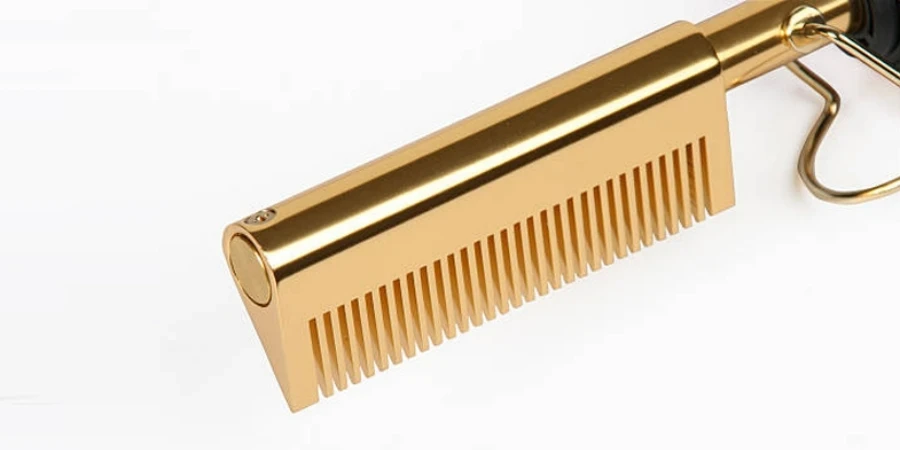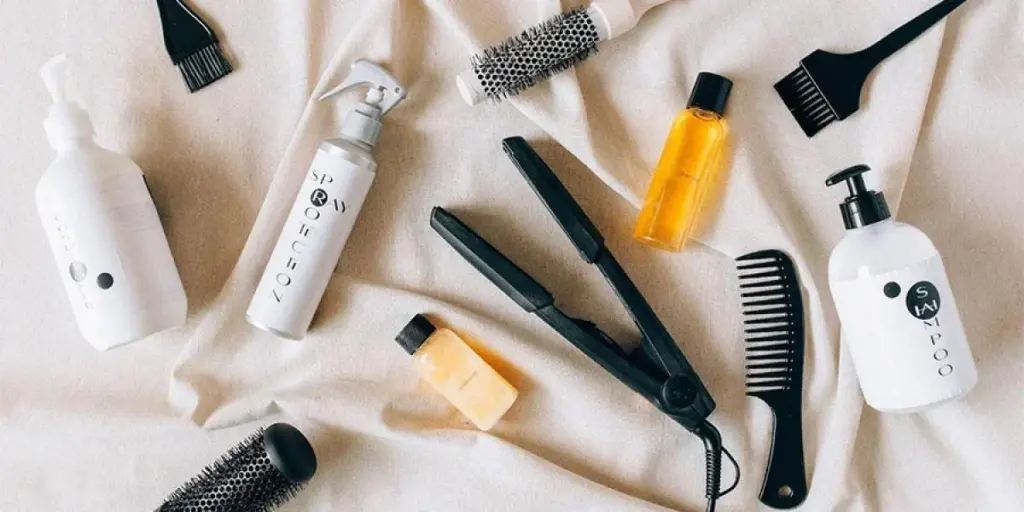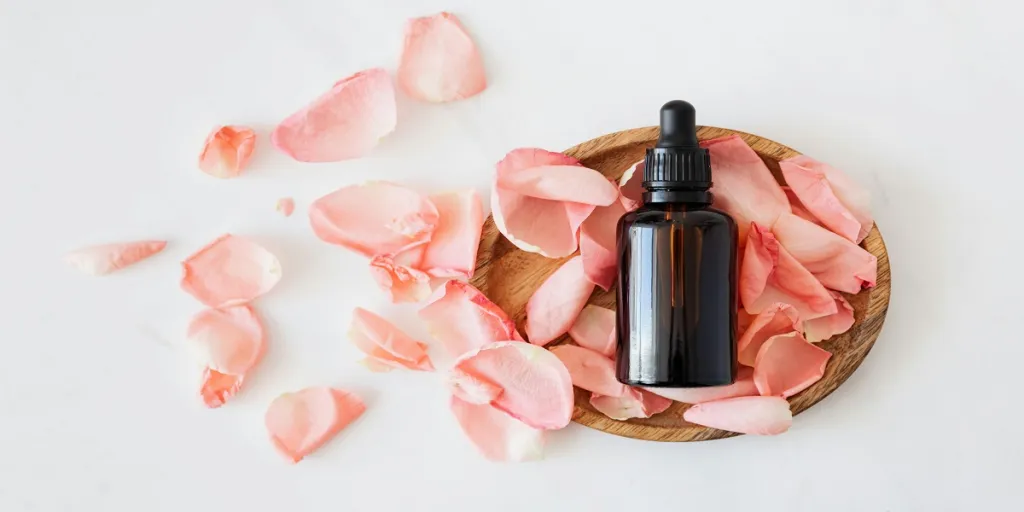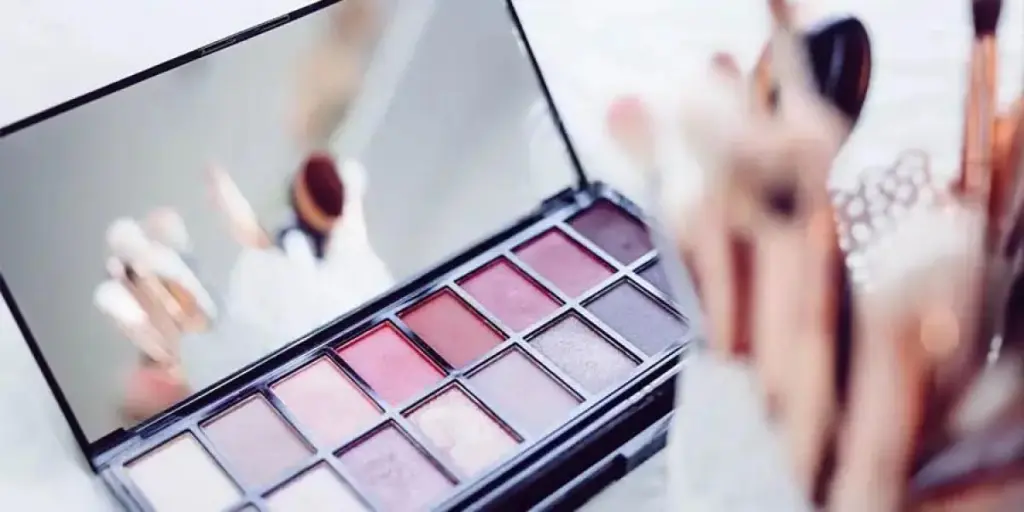The electric straightening comb has revolutionized hair styling, offering a precise and controlled approach to achieving sleek, smooth hair. This modern evolution of the traditional hot comb combines advanced heating technology with innovative design features to deliver professional-quality results. Whether you’re a styling enthusiast or a professional hairstylist, understanding the capabilities and proper use of electric straightening combs is essential for achieving optimal results while preserving hair health. In this comprehensive guide, we’ll explore everything from the tool’s evolution to expert techniques, helping you master the art of straightening with this versatile styling tool.
Table of Contents
Understanding modern electric straightening combs
Why choose an electric straightening comb
Essential features and material technology
Professional styling techniques and best practices
Aftercare and maintenance guidelines
Making the right purchase decision
Conclusion
Understanding modern electric straightening combs
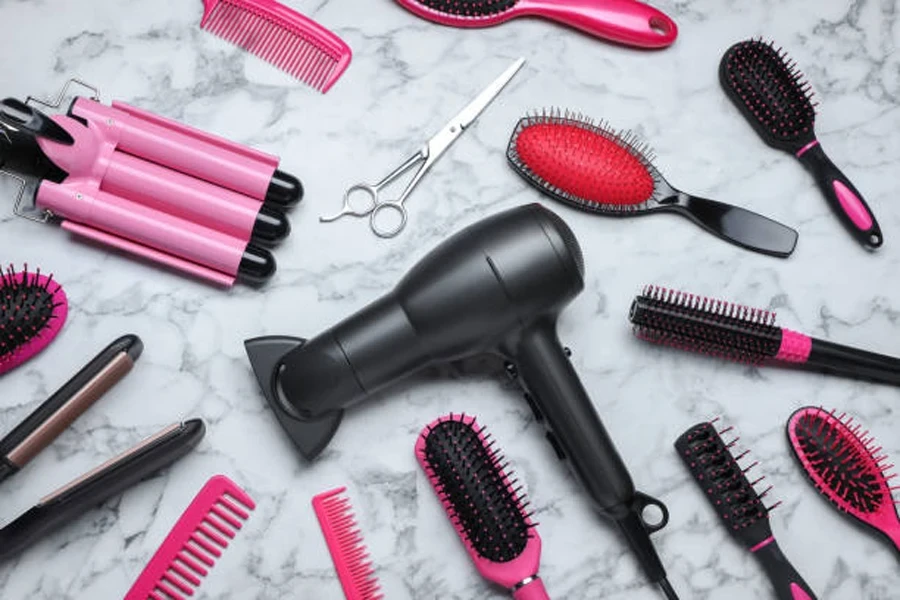
Modern electric straightening combs represent a significant advancement in hair styling technology. Unlike their predecessors, these tools feature precision-engineered components that ensure even heat distribution and controlled styling. According to UNice, today’s electric straightening combs come equipped with insulated handles, digital temperature controls, and specialized teeth designed to grip and smooth hair effectively.
The fundamental design consists of a heated metal or ceramic comb with teeth that penetrate through hair layers, providing more thorough straightening compared to flat plates. The teeth configuration allows for better control and closer contact with the roots, making it particularly effective for textured or coarse hair types. Temperature settings typically range from low to high heat, accommodating different hair textures and styling needs.
What sets modern electric straightening combs apart is their ability to combine the precision of traditional hot combs with advanced safety features. As noted by FullyVital, these tools often incorporate heat-resistant materials and automatic shut-off functions, making them safer and more user-friendly than their traditional counterparts. The heating element heats up quickly and maintains constant temperature throughout the styling process, ensuring uniform results from root to tip.
Why choose an electric straightening comb
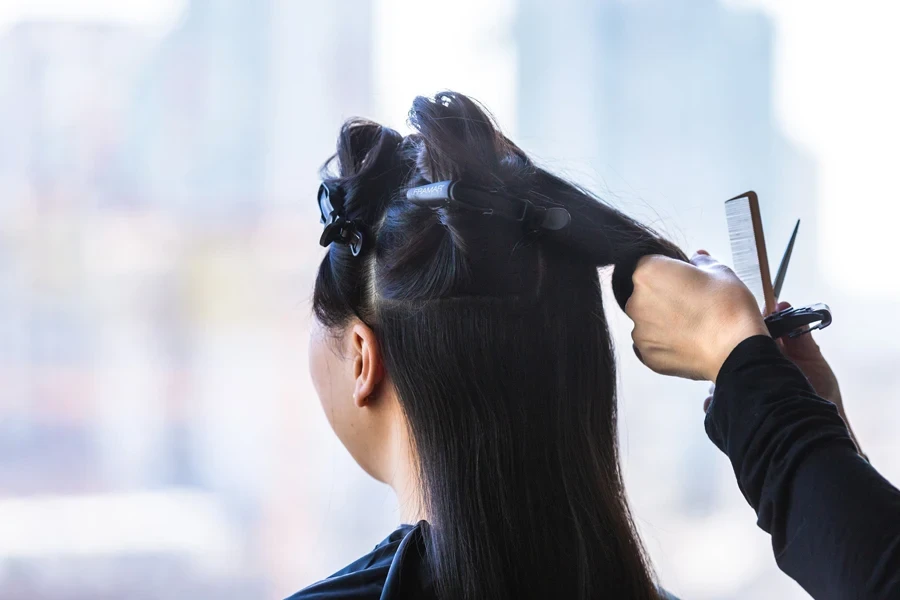
Electric straightening combs offer unique advantages that set them apart from other hair straightening tools. Their specialized design provides superior control and precision, particularly when working with natural and textured hair types. According to UNice, these tools excel at catching and straightening each individual strand of hair, resulting in smoother, more polished results compared to traditional flat irons.
One of the most significant benefits is the tool’s ability to work closer to the roots. The comb-like structure allows for better grip and control, making it easier to straighten hair from the scalp without risking burns. This feature is particularly valuable for those with thick or coarse hair textures who struggle to achieve smoothness at the roots with conventional straightening tools.
Time efficiency is another compelling reason to choose an electric straightening comb. While FullyVital notes that the initial styling session might take up to 40 minutes, the results typically last longer than those achieved with flat irons. This extended durability means less frequent touch-ups and reduced overall exposure to heat styling. Additionally, the controlled heat application helps minimize frizz and flyaways, contributing to a more polished, professional-looking finish.
Essential features and material technology
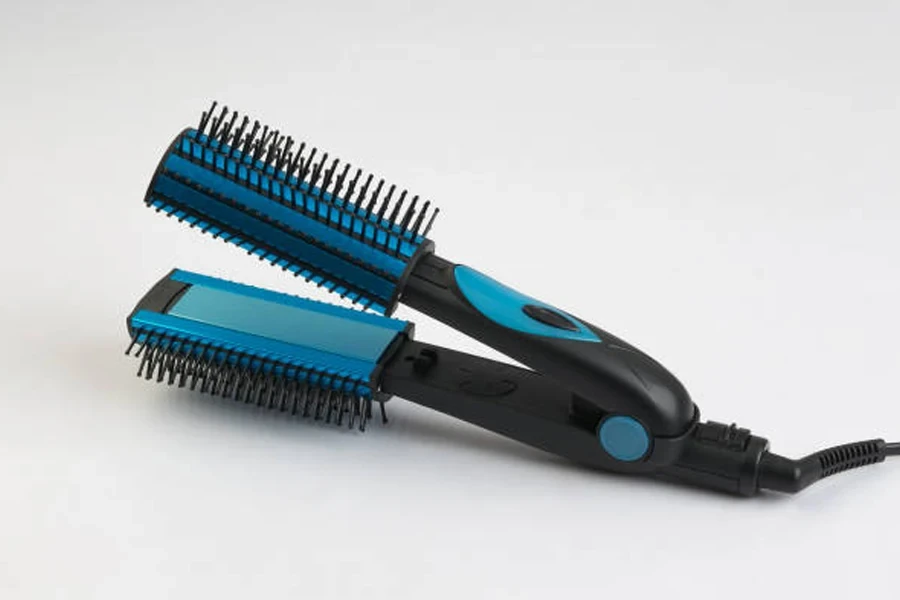
The effectiveness of an electric straightening comb largely depends on its construction materials and technical features. Modern models typically incorporate ceramic, tourmaline, or titanium components, each offering distinct advantages. Ceramic elements provide consistent heat distribution and are gentler on hair, making them ideal for fine or damaged strands. Tourmaline-infused combs emit negative ions that help seal the hair cuticle, reducing frizz and static electricity while increasing shine.
Temperature control stands as a crucial feature in current models. Professional-grade straightening combs offer adjustable heat settings ranging from 300°F to 450°F (150°C to 230°C). This versatility allows users to select the appropriate temperature for their hair type and texture, minimizing the risk of heat damage. Fine or chemically treated hair requires lower temperatures, while coarse or resistant hair types may need higher heat settings for effective styling.
The teeth design and spacing play a vital role in the comb’s performance. Wide-set teeth work better for thick, coarse hair, while closer spacing suits finer textures. Many contemporary models feature rounded or beveled teeth tips to prevent snagging and reduce the risk of breakage. Some advanced models include built-in infrared technology that heats hair from the inside out, protecting the outer cuticle layer and maintaining hair health.
Professional styling techniques and best practices
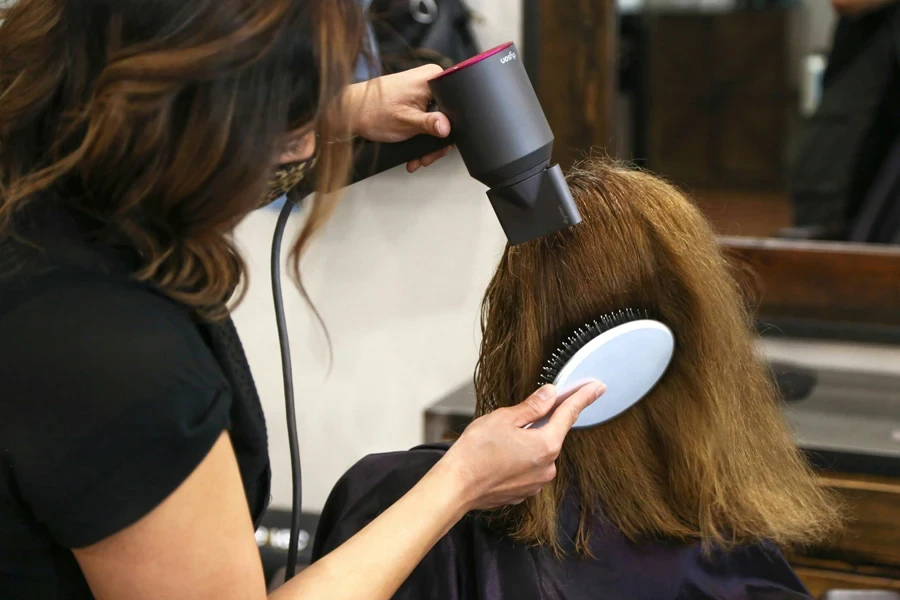
Achieving optimal results with an electric straightening comb requires proper technique and preparation. Start with thoroughly cleaned and completely dried hair. Attempting to use a straightening comb on damp hair can cause severe damage and produced uneven results. Apply a heat protectant product evenly throughout your hair, paying special attention to the ends which are typically more vulnerable to damage.
Section your hair properly before beginning the straightening process. Most professionals recommend dividing hair into four main sections, then working with smaller, manageable subsections about 1-inch wide. This methodical approach ensures even heat distribution and more consistent results. Start at the nape of the neck and work your way up, keeping the rest of the hair secured with clips.
The actual straightening technique requires a steady, controlled movement. Hold the comb at a 45-degree angle and slowly glide it through each section of hair, starting as close to the roots as safely possible. The key is maintaining a consistent pace – moving too quickly won’t effectively straighten the hair, while moving too slowly risks heat damage. For particularly resistant areas, you may need to make two passes, but avoid excessive repetition over the same section.
Temperature selection should be based on your specific hair type:
- Fine or damaged hair: 300-350°F (150-175°C)
- Medium or normal hair: 350-400°F (175-200°C)
- Coarse or resistant hair: 400-450°F (200-230°C)
Aftercare and maintenance guidelines
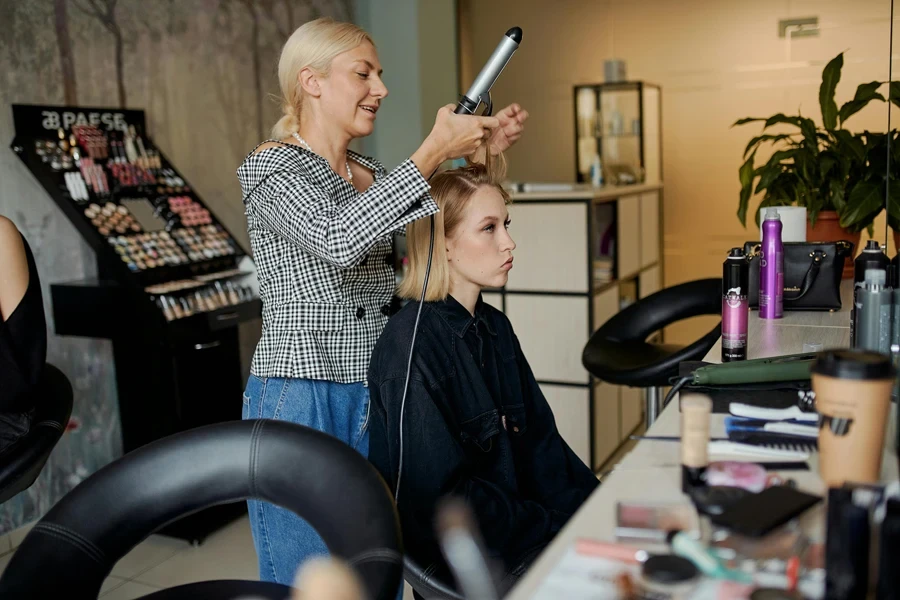
Proper aftercare is essential for maintaining both your straightened hairstyle and the health of your hair. Once you’ve completed the straightening process, allow your hair to cool completely before applying any finishing products. A light serum or oil can help seal the cuticle and add shine without weighing down the hair. Avoid using heavy products that might cause buildup or make the hair appear greasy.
To extend the life of your straightened style, wrap your hair at night using a silk or satin scarf, or sleep on a silk pillowcase. These materials create less friction than cotton, helping to preserve the straight texture and reduce frizz. In humid conditions, a light application of anti-humidity spray can help maintain the style’s longevity.
Maintaining your electric straightening comb is equally important for consistent performance and longevity. Clean the teeth of your comb after each use, once the tool has completely cooled. Remove any product buildup or hair residue using a soft cloth or brush. Some models come with specialized cleaning tools designed for this purpose. Store your comb in a heat-resistant case or pouch to protect it from dust and damage.
Regular maintenance checks should include:
- Inspecting the cord for any wear or damage
- Checking that the temperature controls function correctly
- Ensuring all teeth are intact and properly aligned
- Verifying that the heating element heats evenly
Making the right purchase decision
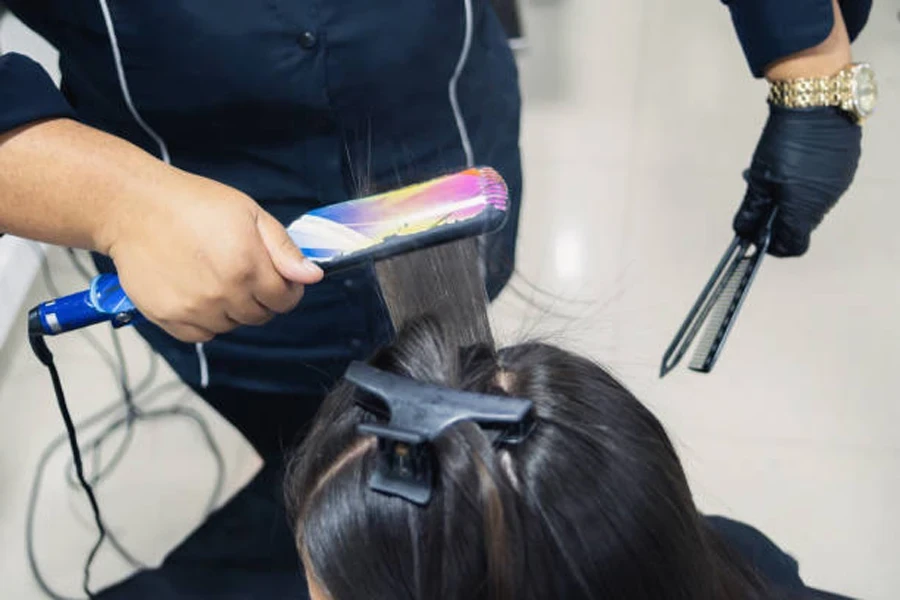
When investing in an electric straightening comb, several key factors should guide your decision. Price ranges typically vary from $30 to $200, with professional-grade models commanding higher prices. However, the most expensive option isn’t necessarily the best choice for everyone. Consider your hair type, styling frequency, and specific needs when making your selection.
Key considerations extend beyond price point. Look for models with multiple temperature settings and quick heat-up times. A digital display offers more precise temperature control than basic dial settings. The weight and ergonomics of the tool matter significantly, especially if you plan to use it frequently. A comfortable grip and balanced weight distribution can make a considerable difference during lengthy styling sessions.
Warranty coverage and safety certifications are crucial yet often overlooked aspects. Reputable manufacturers typically offer at least a one-year warranty and include safety features like automatic shut-off and dual voltage capability for international use. Read user reviews focusing on long-term performance and durability rather than just initial impressions.
Conclusion
The electric straightening comb represents a significant evolution in hair styling technology, offering precise control and professional results when used correctly. Whether you’re a home user or professional stylist, understanding the tool’s capabilities, proper techniques, and maintenance requirements will help you achieve optimal results while maintaining hair health. As with any styling tool, success lies not just in the quality of the device but in the knowledge and skill of the user.
